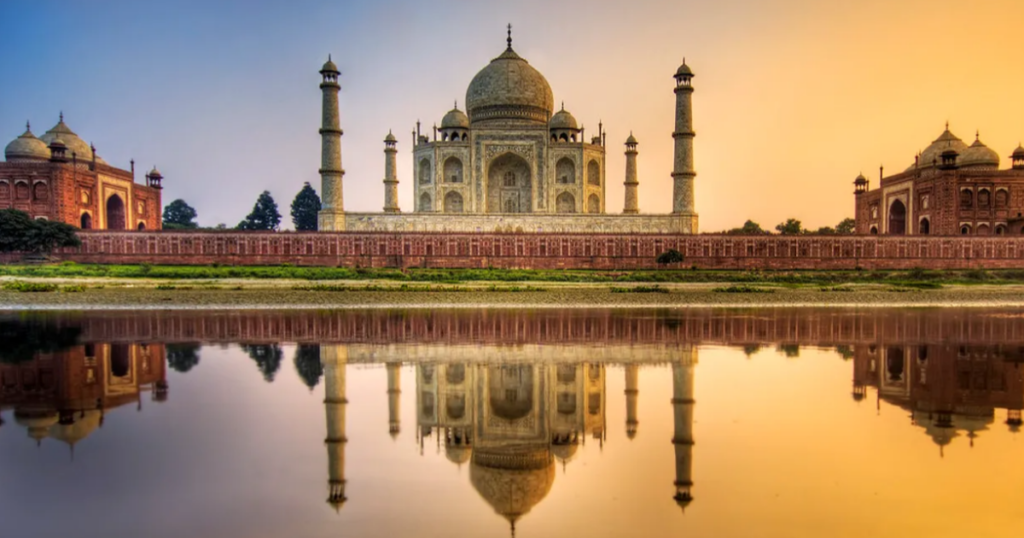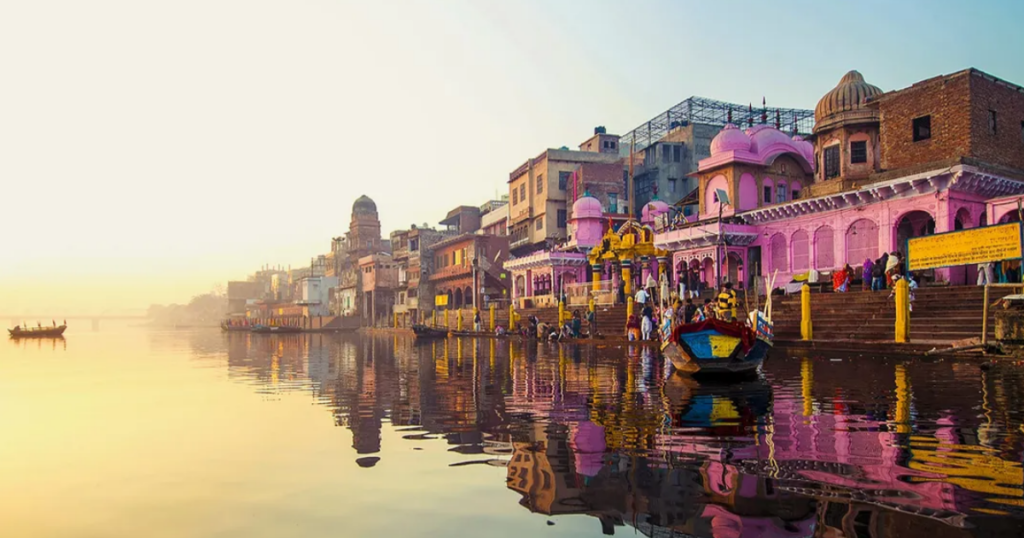Discovering the Wonders of India: A Journey Through Its Culture, History, and Diversity
We Will share a few important and distinctive Things about Country India In this post. Be it History, culture, tradition, and places to visit when you visit the same.
History Of India
India’s history is one of the richest and most diverse in the world. The country has a long and complex past, dating back to the Indus Valley Civilization, which existed from 3300 BCE to 1300 BCE. India was later ruled by numerous empires and dynasties, including the Maurya Empire, Gupta Empire, Mughal Empire, and British Raj.
During the British colonial period, India underwent significant social, economic, and political changes. The country played a pivotal role in the Indian independence movement, led by figures such as Mahatma Gandhi, which ultimately led to India gaining independence in 1947
After independence, India adopted a socialist and democratic system of government, with Jawaharlal Nehru as the country’s first Prime Minister. India has since emerged as a leading player in the global economy, with a population of over 1.3 billion people and a rapidly growing economy.
India’s history is marked by numerous significant events, such as the partition of India and Pakistan in 1947, the adoption of the Indian Constitution in 1950, and the economic liberalization of the 1990s. India has also made significant contributions to the fields of science, technology, and culture, with achievements such as the discovery of zero, the invention of Ayurveda, and the creation of Bollywood films.

Culture And Tradition In India
India’s culture is a unique and diverse blend of tradition, religion, art, cuisine, language, and family values. The country’s rich cultural heritage has been shaped by centuries of history and has contributed to the vibrancy and diversity of modern India.
India is a country with a rich and diverse cultural heritage that has been shaped by centuries of history, religion, and tradition. The culture of India is a fascinating blend of ancient and modern influences that coexist harmoniously to create a unique and vibrant society.
One of the defining features of Indian culture is its strong emphasis on family and community. The family is the foundation of society, and relationships between family members are valued and respected. Elders are given great respect and are considered the source of wisdom and guidance. The concept of joint families, where several generations live together under one roof, is still prevalent in many parts of the country.
Religion plays a significant role in Indian culture, with Hinduism being the dominant religion, followed by Islam, Christianity, Sikhism, Buddhism, and Jainism. The diversity of religions in India has contributed to a rich and varied religious and spiritual heritage, with numerous festivals and celebrations that are an integral part of Indian culture. These festivals are marked by colorful decorations, music, dance, and feasting, and are celebrated with great enthusiasm and fervor.
Indian culture is also famous for its arts and crafts, including painting, sculpture, textiles, and pottery. The country has a long tradition of fine arts, with ancient temples and monuments adorned with intricate carvings and sculptures. The traditional art forms, such as Bharatanatyam, Kathak, and Odissi, are still performed today and have gained international recognition.
Indian cuisine is another significant aspect of the country’s culture. The food in India varies widely from region to region, with each region having its own unique style and flavors. Indian cuisine is known for its use of spices, herbs, and aromatic ingredients, and is considered to be one of the world’s most diverse and flavorful cuisines.
Language also plays a crucial role in Indian culture, with over 22 official languages recognized by the Indian Constitution. Hindi is the most widely spoken language in India, followed by Bengali, Telugu, Marathi, and Tamil. Each language has its own distinct script, literature, and traditions, which adds to the rich tapestry of Indian culture.
Follow us on Youtube
Follow us on Facebook
Follow us on Twitter
Follow us on Instagram
Table of Contents
Top 10 Places To Visit When You Visit India

India is a vast country with rich natural beauty. Here are the ten top places to be visited in India:
1) The Taj Mahal – Located in Agra, the Taj Mahal is one of the most iconic monuments in the world. Built-in the 17th century by the Mughal emperor Shah Jahan, the Taj Mahal is a mausoleum made of white marble and is considered to be a symbol of love. It Is Also One Of the 7 Wonders Of The World
More about Taj Mahal can be found on 15 Landmarks To Visit Before You Turn 65
2) The Golden Temple – Located in Amritsar, the Golden Temple is the most sacred site for the Sikh religion. The temple is made of gold and surrounded by a pool of holy water. Visitors can take part in the langar, a community kitchen that serves free meals to all visitors.
3) Varanasi – Located on the banks of the Ganges river, Varanasi is one of the oldest continuously inhabited cities in the world. The city is considered to be a spiritual center for Hindus and is famous for its ghats, where pilgrims come to bathe in the holy waters of the Ganges.
4) Kerala Backwaters – The Kerala Backwaters are a network of lagoons, lakes, and canals that run parallel to the Arabian Sea coast. Visitors can take a boat ride through the backwaters and enjoy the natural beauty of the region.
5) Jaipur – Jaipur is known as the Pink City due to the color of its buildings. The city is famous for its stunning palaces and forts, including the Hawa Mahal and the Amber Fort. Visitors can also explore the markets of Jaipur and shop for traditional Rajasthani handicrafts.
6) Ranthambore National Park – Located in Rajasthan, Ranthambore National Park is one of the best places in India to spot tigers in the wild. The park is also home to other wildlife, such as leopards, sloth bears, and Indian wild boars.
7) Goa – Goa is a popular beach destination on the west coast of India. The state is known for its beautiful beaches, Portuguese architecture, and vibrant nightlife. Visitors can also explore the spice plantations and sample local cuisine.
8) Hampi – Hampi is an ancient city located in the state of Karnataka. The city was once the capital of the Vijayanagara Empire and is now a UNESCO World Heritage Site. Visitors can explore the ruins of the city, including the Virupaksha Temple and the Lotus Mahal.
9) Darjeeling – Darjeeling is a hill station located in the state of West Bengal. The town is famous for its tea plantations and scenic views of the Himalayas. Visitors can take a ride on the Darjeeling Himalayan Railway, also known as the Toy Train, and enjoy the beautiful landscape.
10) Ladakh – Located in the northernmost part of India, Ladakh is a region of high-altitude deserts and snow-capped mountains. Visitors can explore the ancient monasteries of the region, go trekking in the mountains, or simply enjoy the natural beauty of the region.

Follow us on Youtube
Today, India continues to grow and develop, facing challenges such as poverty, corruption, and social inequality. However, the country’s rich cultural heritage and diverse history serve as a source of inspiration and pride for its people. One Of the countries Which Has to Be Visited And Should Be In Your Bucket List.
Do Let Us Know If you Find the Blog About India Interesting, So That We could Give You Some more insights On Other Countries As well.

